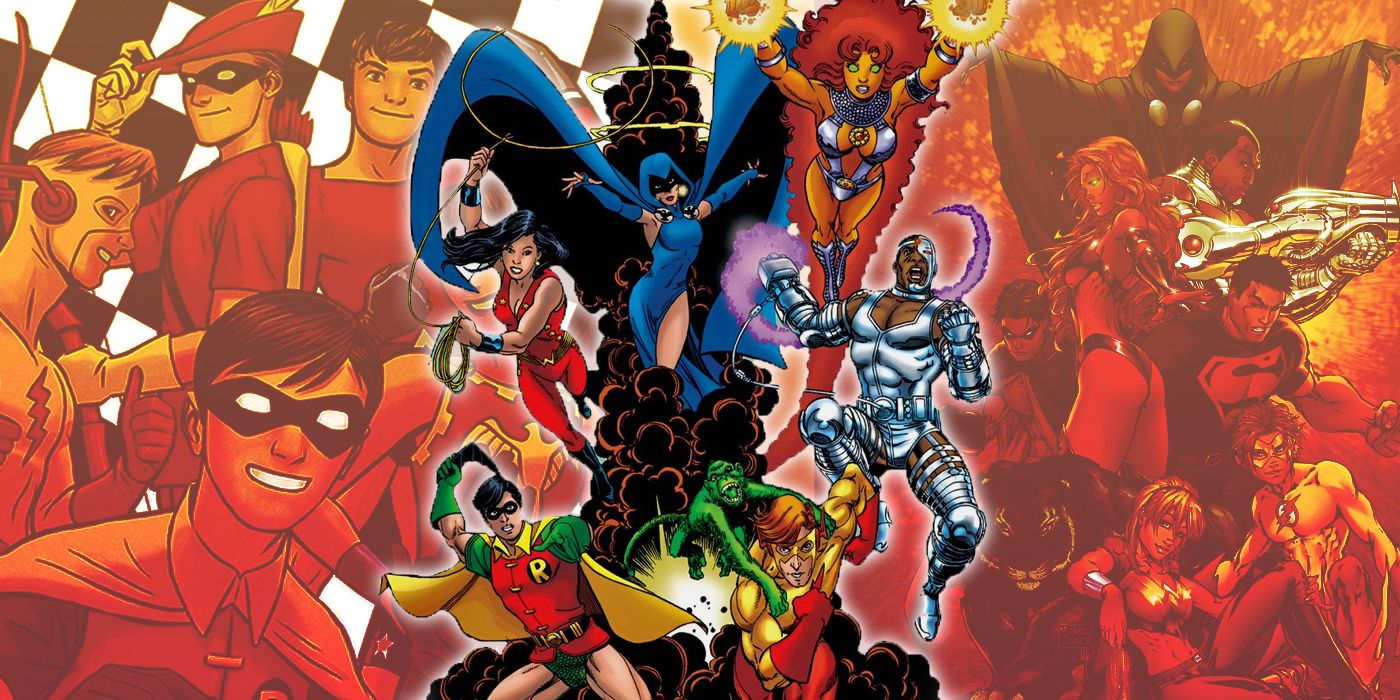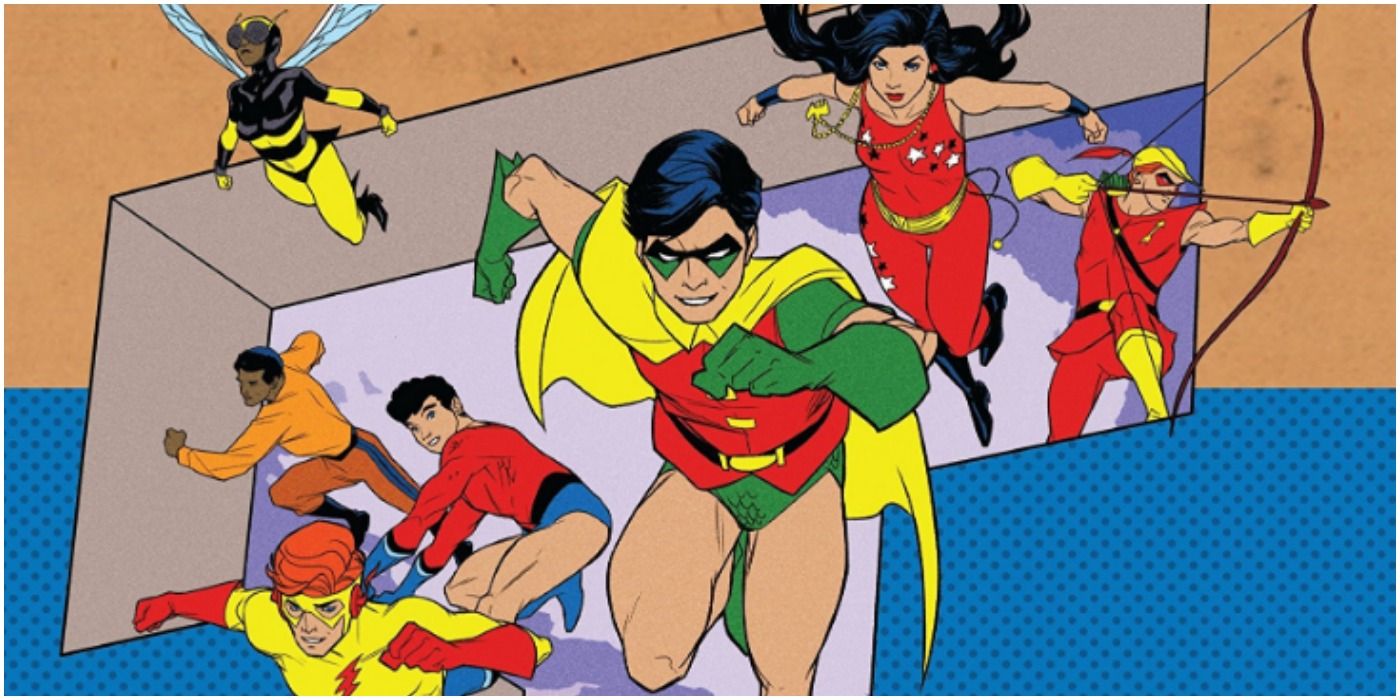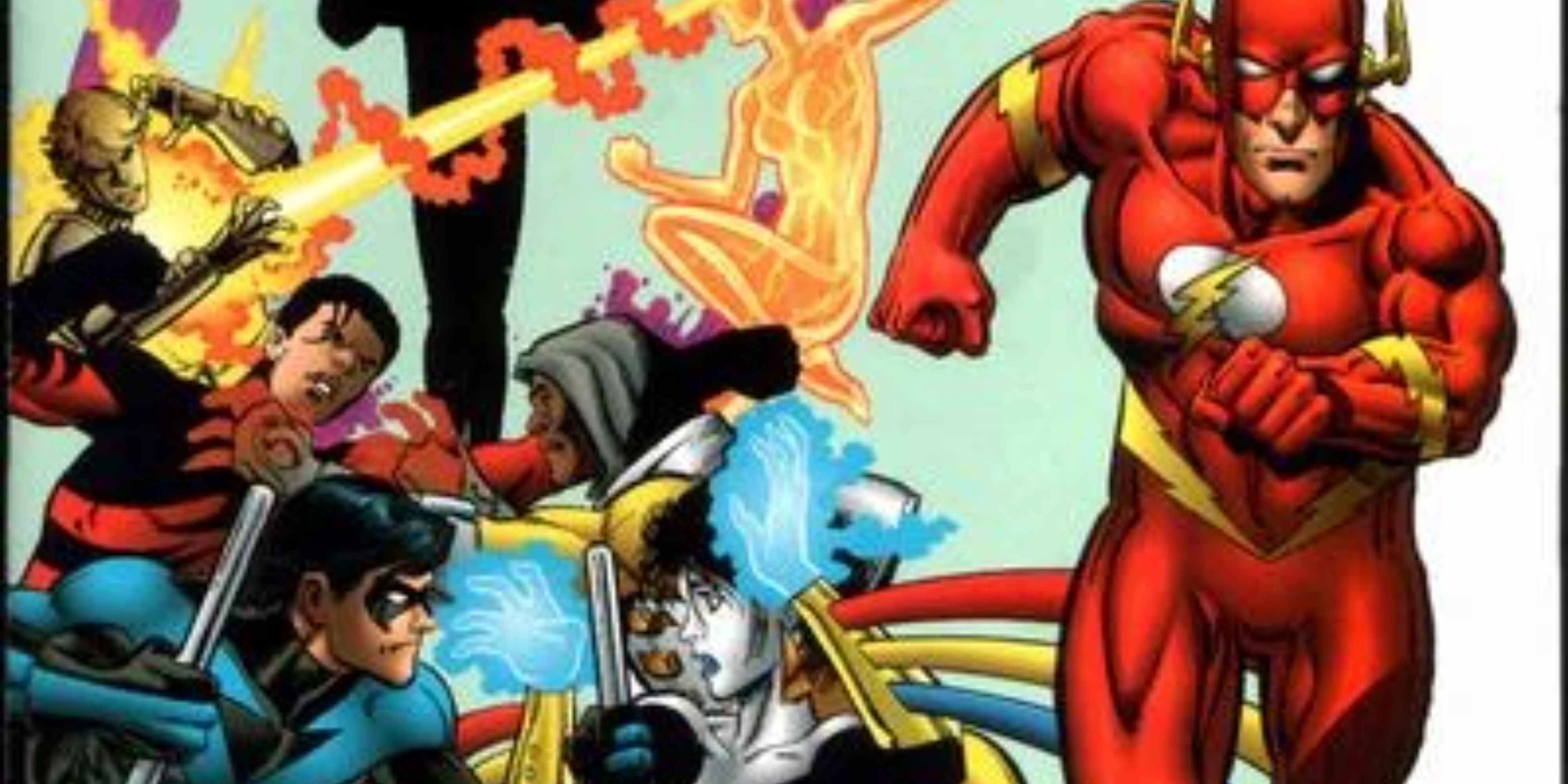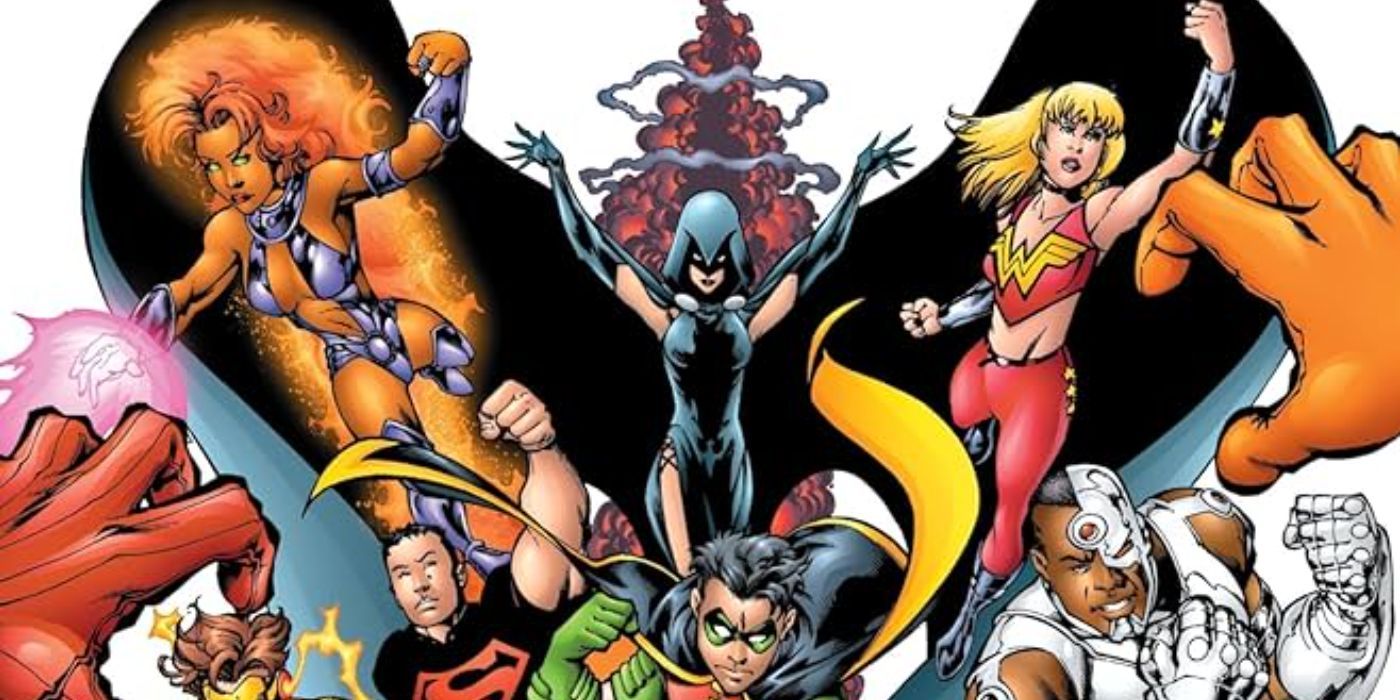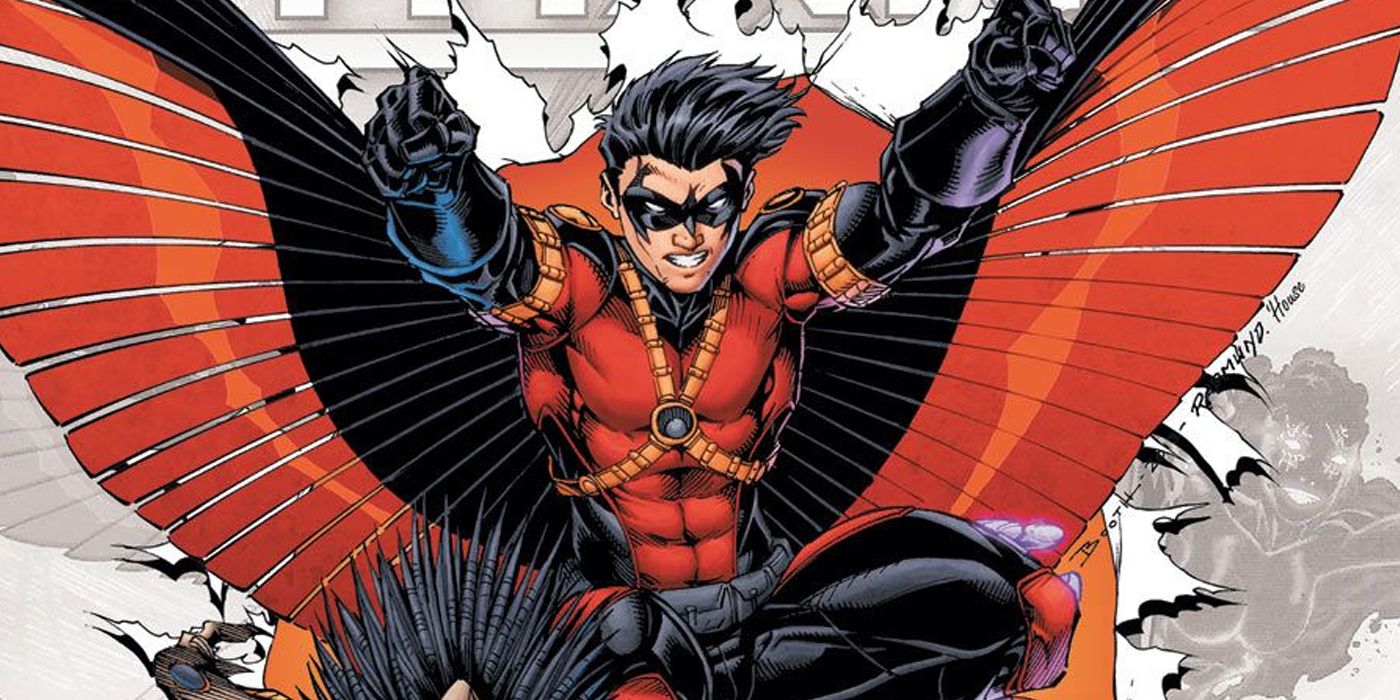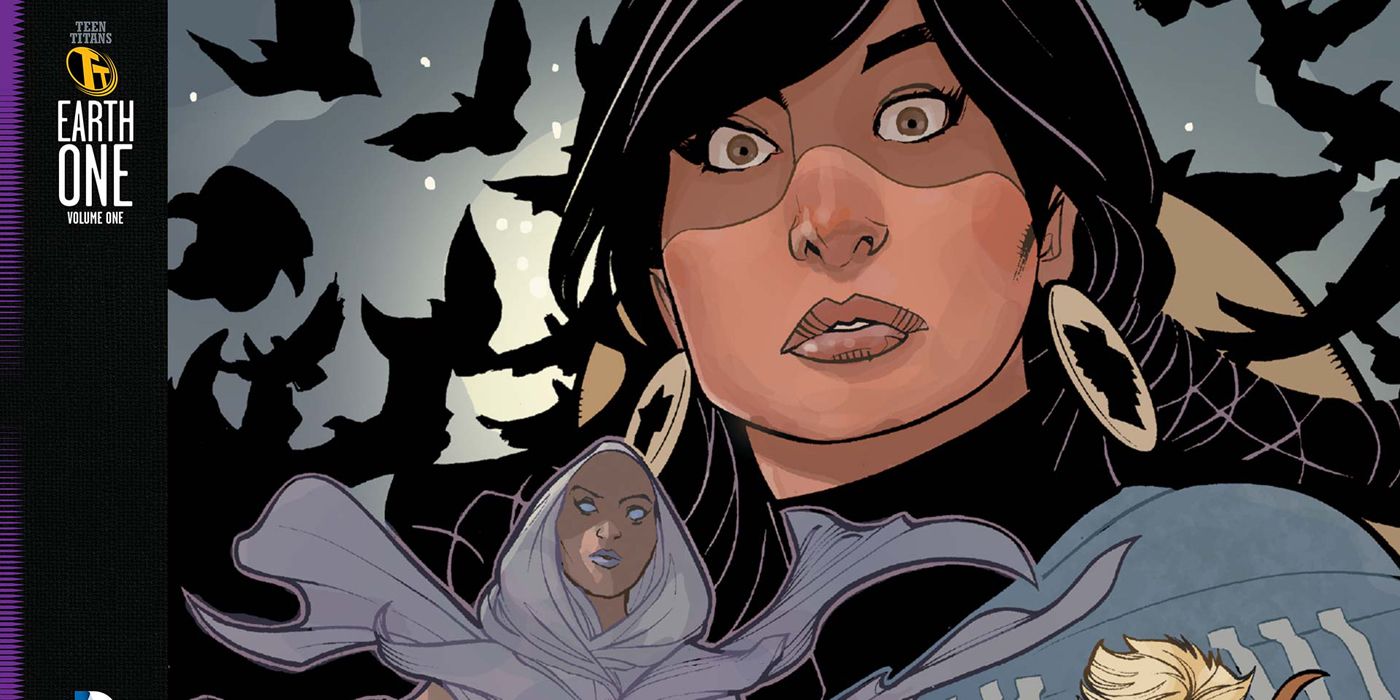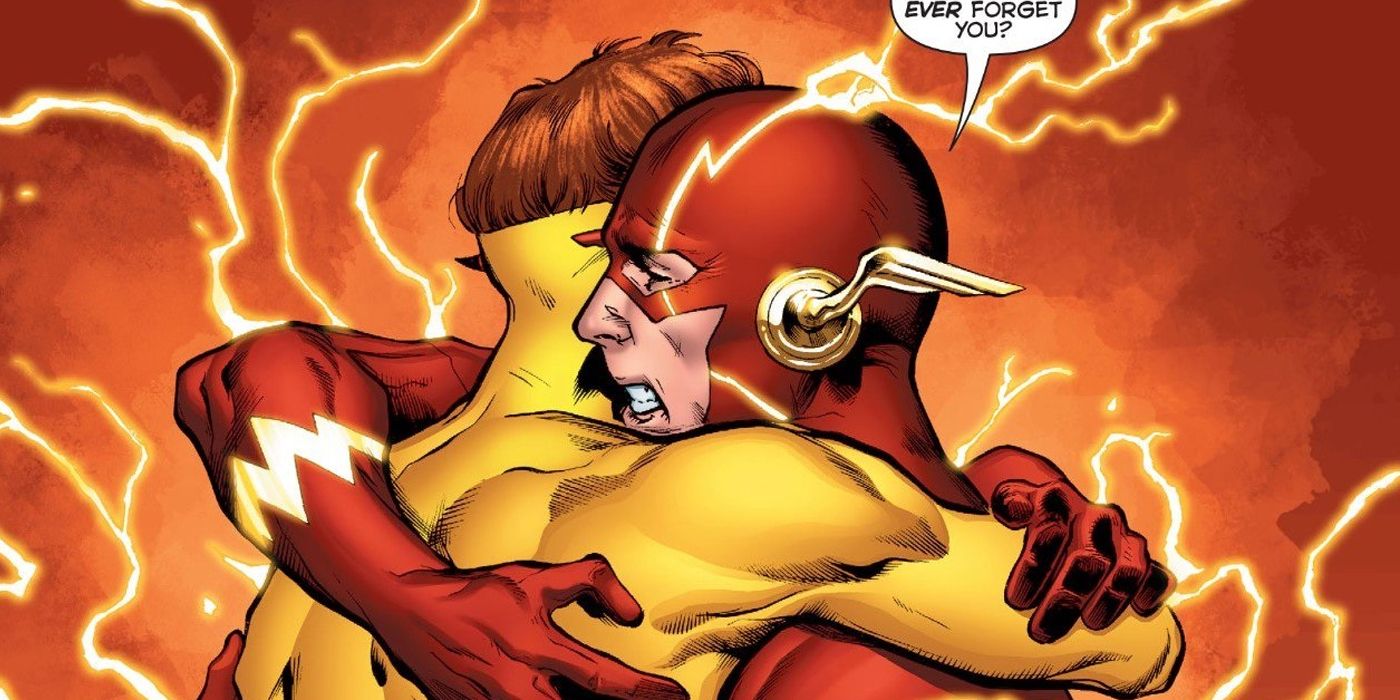From the printed page to the small screen, the Teen Titans are one of the premiere DC Comics teams and properties. Starting as a conglomeration of recognizable sidekicks, the group has given rise to some of the biggest DC stories and most prominent characters. These stories go back to the Silver Age of Comics, providing decades of reading material.
Of course, sifting through all these comics can be intimidating, with many new readers not knowing where to start. That's especially the case if they're mostly familiar with the characters from the 2003 cartoon. This makes it necessary to parse each era of the Teen Titans in comic books and look at which one is the best beginning to figure out how to read these runs.
The Silver Age Teen Titans Was "Justice Little League"
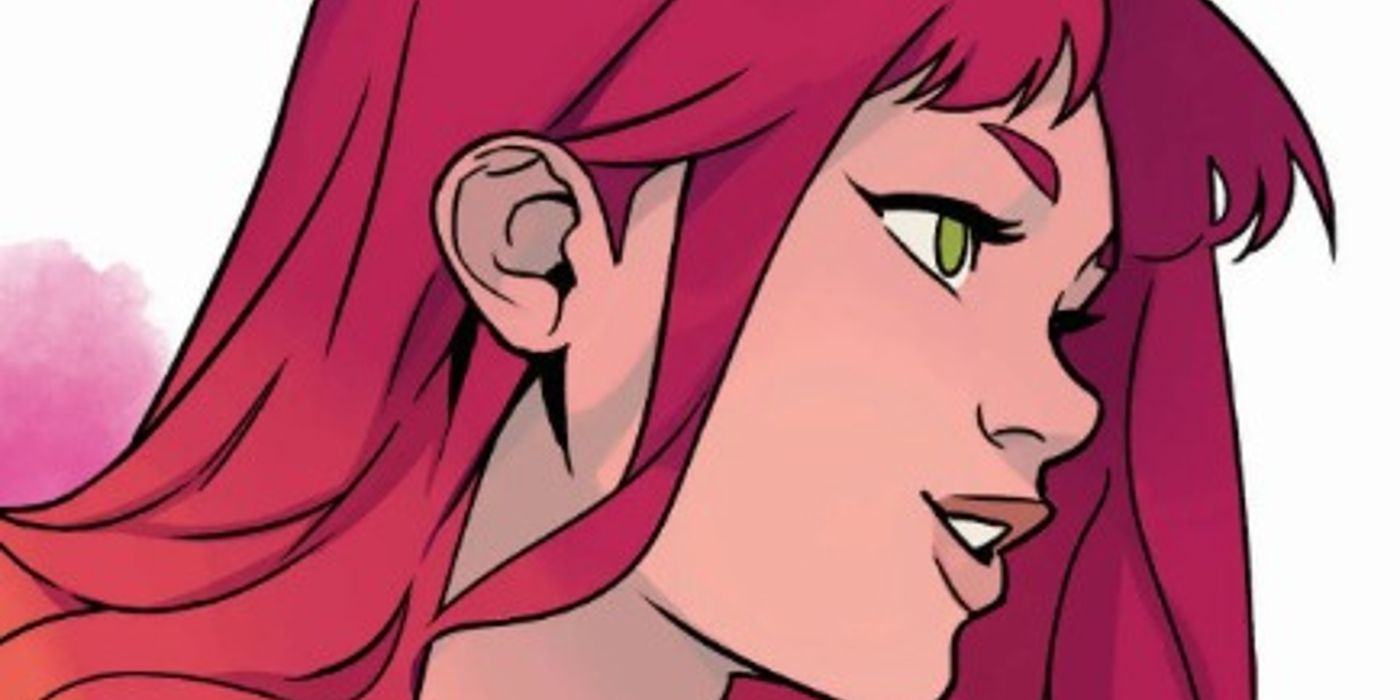
New Teen Titans Series Delayed by DC
DC Comics delays the release of Kami Garcia and Gabriel Picolo's Teen Titans: Starfire, the fifth installment of a young adult series.The Teen Titans made their prototypical debut in 1954, with this early version of the group including the sidekicks Robin, Aqualad, and Kid Flash (the partners of Batman, Aquaman, and The Flash, respectively). The roster would officially be called the Teen Titans in an adventure from the following year, with their ranks joined by Donna Troy/Wonder Girl (Wonder Woman's younger sister) soon afterward. Also present for various missions was Green Arrow's sidekick Speedy, who officially joined in the second year of the Teen Titans comic book. Emblematic of some of the sillier elements in the Silver Age of Comics, the Bob Haney and Nick Cardy Teen Titans comics were known for affecting attempts at slang and trying to be hip and cool for young readers.
- The initial five-member team drew further parallels to Marvel's superhero team, the X-Men
- Teen Titans: Year One revisited this era, which is largely overlooked by modern comics
- Despite her popularity, the classic Kara Zor-El version of Supergirl was not a member of the Silver Age Teen Titans
Other characters were introduced along the way, with none of these teen heroes being sidekicks to more popular adult superheroes. From the psychic Lilith Clay/Omen to the caveman Gnarrk, these characters have remained fixtures in the Teen Titans roster in one way or another, with Gnarrk also appearing in the 2003 Teen Titans cartoon. There were even attempts at more topical storytelling, with plots involving racial issues and the fallout of the Vietnam War. Likewise, while not a full-time member, this was the first time Beast Boy from the Doom Patrol was associated with the team. For the most part, however, the "Fab Five" main members still define the team.
The Bronze Age Expanded the Teen Titans' Roster and Scope
Initially canceled at Issue #43 in 1973, Teen Titans resumed publication a year later. Though not a long era in the series' history, it was important in several ways. For one, it introduced the concept of "Titans West," a secondary team of teenage superheroes operating on the West Coast.
- Besides Guardian, Mal Duncan has also gone by the names Vox, Hornblower and The Herald
- Duela Dent, a.k.a. The Joker's Daughter/Harlequin, was briefly a member of the Titans during this era
- The post-Crisis continuity radically altered Golden Eagle's backstory, revealing him to be a villain
Among the expanded roster were African-American heroes such as Bumblebee and Mal Duncan (who had various names after initially being Guardian), who later married each other. This era of Teen Titans comics was also the most prominent publication period for Golden Eagle, the brief sidekick of Hawkman. Lasting for a mere nine issues, the revival concluded with the team feeling that they had outgrown the Teen Titans name.
The New Teen Titans Was the Team's Most Important Era
|
Notable Story Arcs |
Issues |
Creators |
|---|---|---|
|
"The Judas Contract" |
Tales of the Teen Titans #42–44 and Tales of the Teen Titans Annual #3 |
Marv Wolfman and George Pérez |
|
"The Terror of Trigon" |
New Teen Titans (1984 volume) #1-5 |
Marv Wolfman and George Pérez |
|
"Who Is Wonder Girl?" |
New Titans #50-54 |
Marv Wolfman and George Pérez |
|
"Titans Hunt" |
New Titans #71-84 |
Marv Wolfman, Tom Grummett, Al Vey, Adrienne Roy, John Costanza and Jonathan Peterson |
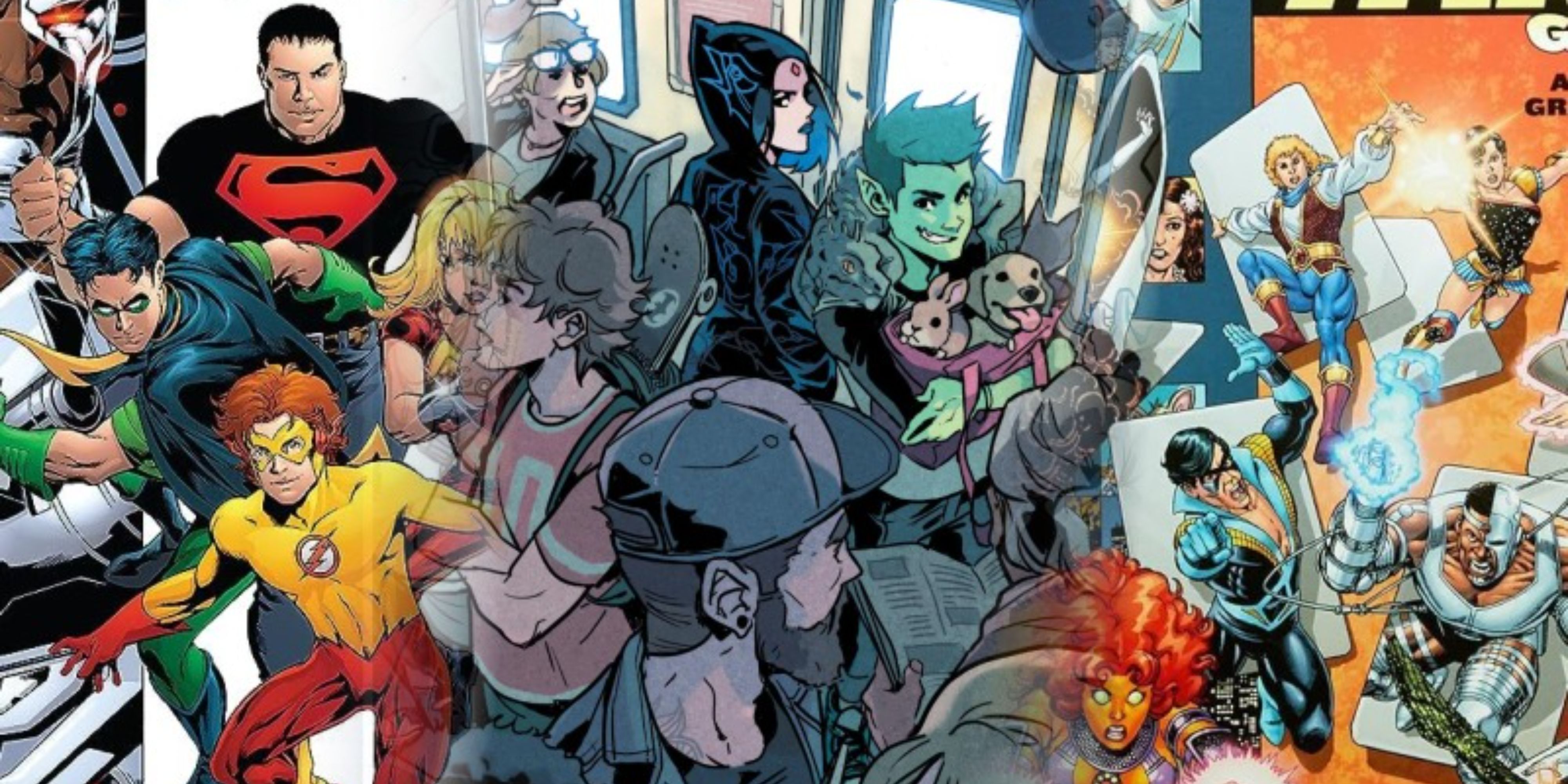
10 Best Teen Titans Comics For Non-Teen Titans Fans
For those unfamiliar with the Teen Titans or who only know about the 2003 cartoon, there are several great comic books that will turn them into fans.Relaunched in 1980 by Marv Wolfman and George Pérez as The New Teen Titans, the book's return during this decade resulted in perhaps its most definitive era. Alongside familiar faces Robin, Wonder Girl and Kid Flash, the new group of Teen Titans also included former Doom Patrol sidekick Beast Boy (briefly going by the name Changeling) and new characters Raven, Cyborg and Starfire. More than ever, the characters in the book felt like young adults, with the roster juggling their superhero lives, romantic lives and other pursuits. Many of them struggled with the legacies of their elders, with almost all having issues with their paternal figure.
This was namely seen in the battle against Raven's demonic father Trigon, not to mention Dick Grayson quitting as Robin. The latter result had the former Boy Wonder take on the identity of Nightwing, cementing his status as a more independent hero beyond Batman's shadow. Likewise, the storyline "The Judas Contract" put the series on the map and introduced one of their greatest enemies, Slade Wilson/Deathstroke. It was analogous to the Jean Grey and "Dark Phoenix Saga" in Marvel Comics' Uncanny X-Men, and it signaled a shift in DC Comics providing more sophisticated fare.
The book's success continued as it was renamed simply The New Titans, with the ramifications of Crisis on Infinite Earths (handled by the same creative team) being directly felt. However, Pérez left to relaunch Wonder Woman, and the title's quality was seen declining in the 1990s. This was seen in stories such as "Total Chaos" and the introduction of the Team Titans, with meandering storylines making readers feel that the title was stagnating. This eventually saw it canceled, with many more recognizable characters, such as Nightwing, removed from the team by that point.
The Titans Ended the 1990s On a Mixed Note
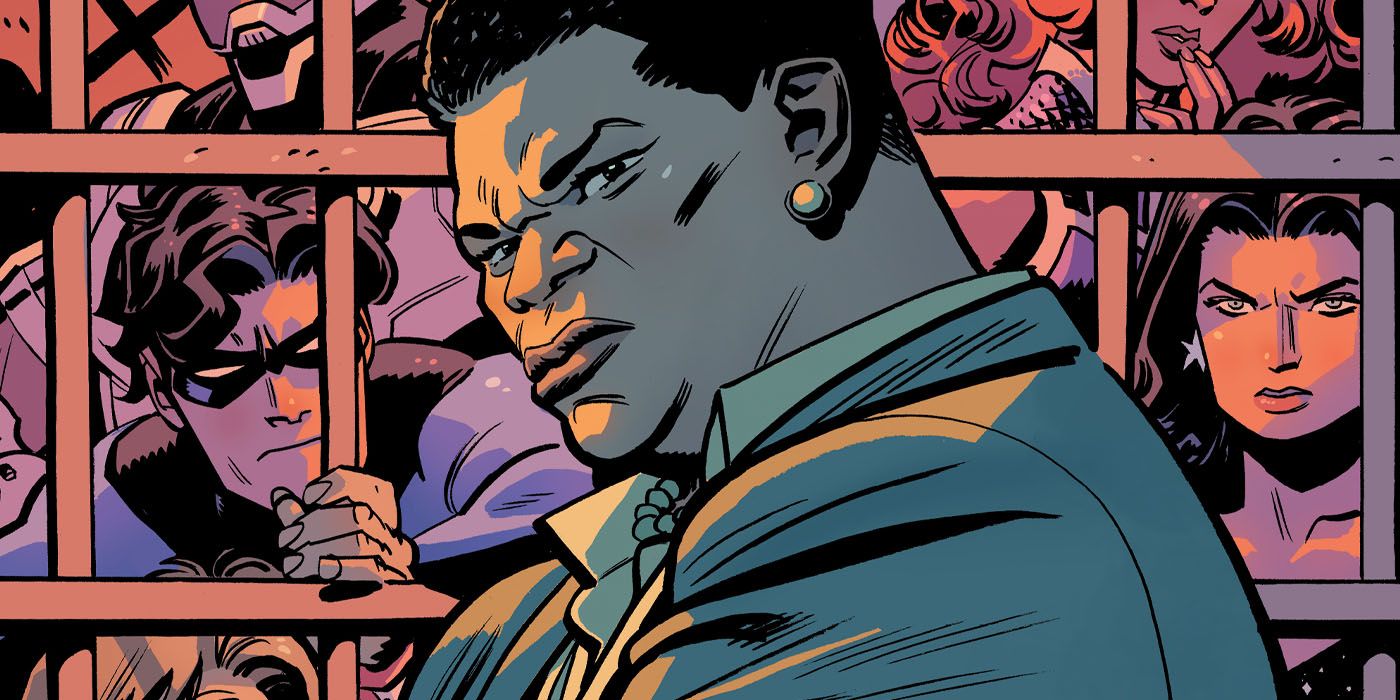
DC's Titans Battle Amanda Waller's Misinformation in Preview of New Issue
DC's Titans must fight to protect a world that now hates them after Amanda Waller condemns the team following the events of Beast World.In 1996, Teen Titans was relaunched with a completely new team, as none of the roster members were tied to previous iterations. Led by a de-aged version of Ray Palmer/The Atom, the new characters had powers tied to the alien N'San Hatall. Though the book received a positive reception, the lack of mainstream heroes and recognizable characters was a major blemish to its sales potential. This saw it canceled by 1998, though a more "classic" title came to replace it.
- The Tim Drake Robin was the winner of a fan vote to decide the team's roster, but his inclusion was vetoed by editorial
- This Teen Titans roster finally included Supergirl, though it was Matrix/Angel Supergirl and not the classic Kryptonian version
- Though short-lived, the 1996 Teen Titans series saw George Pérez return as an inker for the first 15 issues
Titans featured the current older versions of the original Fab Five, along with New Teen Titans members Cyborg, Beast Boy and Starfire, plus Argent from the 1996 relaunch and Justice Society legacy character Jesse Quick. This book was more successful and lasted longer than the previous Teen Titans series. It also coincided with the release of Young Justice, which featured the youngest generation of heroes (some of whom were tied to members of the Titans).
The 2003 Teen Titans Comics Made Up the Second Most Successful Run
|
Notable Story Arcs |
Issues |
Creators |
|---|---|---|
|
"A Kid's Game" |
Teen Titans #1-7 |
Geoff Johns and Mike McKone |
|
"Family Lost" |
Teen Titans #1/2-12 |
Geoff Johns and Mike McKone |
|
"Titans Tomorrow" |
Teen Titans #17-19 |
Geoff Johns and Mike McKone |
|
"Life and Death" |
Teen Titans #29-33 |
Geoff Johns, Marv Wolfman and Todd Nauck |
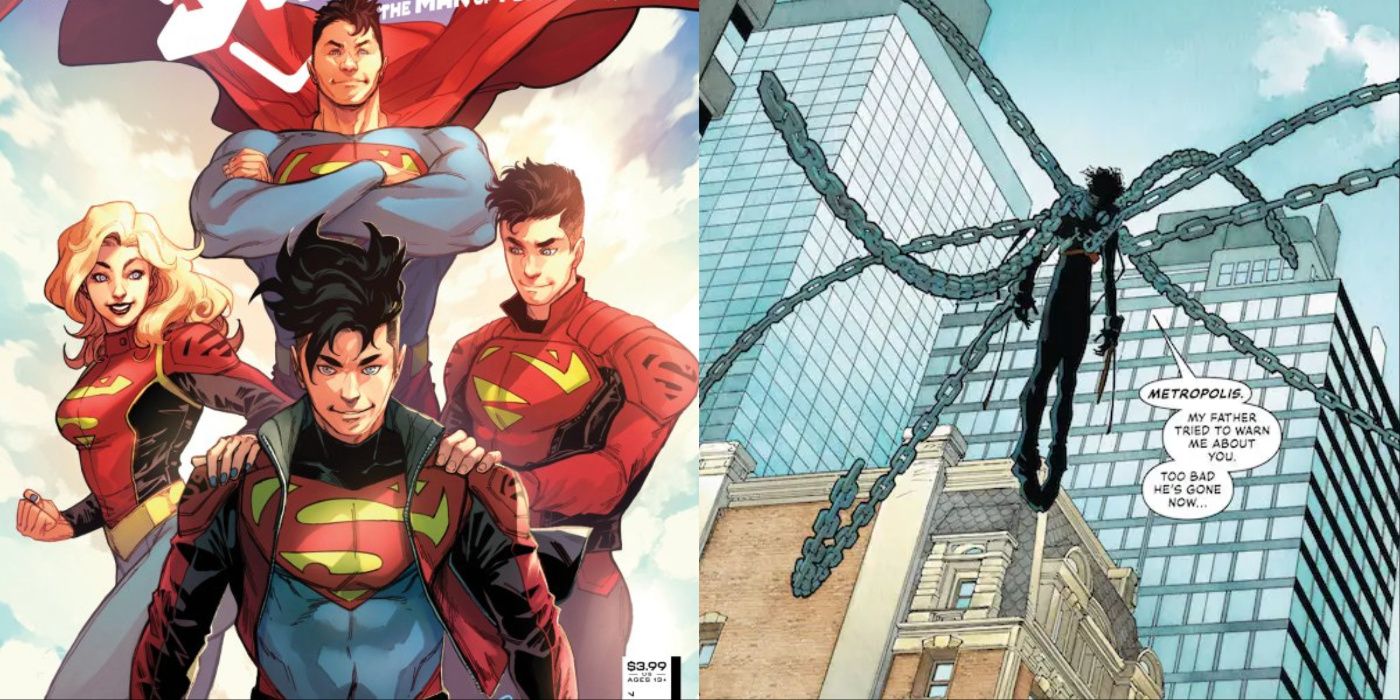
A Superman Family Member is Potentially More Powerful Than the Man of Steel
Superboy's tactile telekinesis is so versatile it could make him the most powerful member of the entire Superman Family.Relaunched by writer Geoff Johns in 2003 following the release of the Cartoon Network animated series, the third volume of Teen Titans initially featured a combination of the 1980s team with members of Young Justice. Once again a major DC team, they heavily interacted with the Justice League and became a premiere part of the DC Universe. Notable villains such as Deathstroke and Trigon returned, with another major storyline involving the revelation that the Conner Kent Superboy (already known to be a clone of Superman with half-human ancestry) also contained the DNA of Lex Luthor. This eventually spiraled into the events of Infinite Crisis, with Superboy dying against the might of the evil Superboy-Prime.
- This third volume of Teen Titans is largely considered the second-most successful era for the property
- The 2003 Teen Titans cartoon appears on a TV screen in the initial story arc
- Three members of this era of the Titans (Robin, Impulse and Kid Devil) took on new codenames by this period's end
Following the event, the Titans' roster was added with new faces such as Kid Devil, Miss Martian, the Jaime Reyes Blue Beetle and even the Milestone hero Static. Likewise, many previous Titans members made up the roster of the relaunched Outsiders book, which took a somewhat darker tone for the now older characters. For a while after the Batman R.I.P. storyline, the team had no Robin, with current Robin Tim Drake leaving the Titans. The Cassandra Sandsmark Wonder Girl was the new leader in his stead, even after Batman's son Damian Wayne/Robin joined the group. Ending with Issue #100, the volume and continuity concluded with a final bout against Superboy-Prime.
This era saw a new Titans book launch, which eventually became Titans: Villains for Hire and focused on a group of mercenaries led by Deathstroke. At this point, the iconic Titans Cyborg and Starfire joined the Justice League, with Dick Grayson also being on the team as Batman. Other major storylines from this era included the fallout from Justice League: Cry for Justice, which saw Red Arrow (the former Speedy) revert to the identity of Arsenal following the destruction of Star City and the death of his daughter Lian.
The New 52 Was a Controversial Era for the Titans
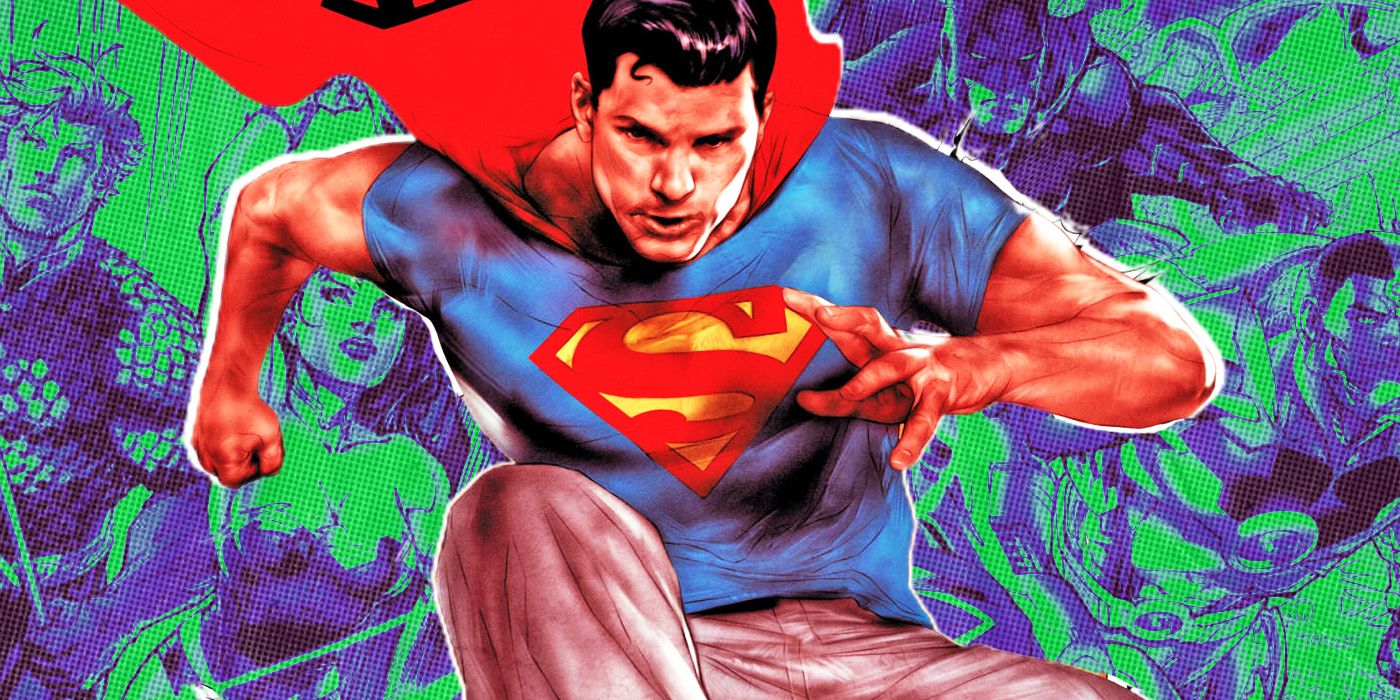
Grant Morrison’s Action Comics is DC's Best New 52 Title - Here's Why
Grant Morrison's time on Action Comics in the New 52 is one of (if not) the most underrated runs that Superman enjoyed in the last 20 years.The New 52 reboot was highly controversial for many properties due to its erasing the sense of legacy from the DC Universe. This was especially seen in the Teen Titans, with much of what fans had come to love from the team gutted. The team's entire history was erased from canon, with members of the Fab Five besides Nightwing and Arsenal not even established as existing at the beginning of the reboot. Likewise, Cyborg was established as a founding member of the Justice League, replacing the Martian Manhunter in a change that upset many.
- New Teen Titans member Bunker went on to become a fan-favorite
- Initial ties to Titans history in Teen Titans and Red Hood and the Outlaws were removed from later printings
- Following DC Rebirth, it's questionable what, if anything, from this era is still canon
Many fans also saw the series as an unintentional throwback to the excesses of the 1990s. Matters were made worse by the team initially planning to continue some version of the previous continuity, but this was quickly done away with. Following the negative reception to the Teen Titans title and the similar controversy over the New 52 take on Wally West/Kid Flash, a new version of the "Titans Hunt" storyline was released. This placed several elements of previous continuity back into canon, including most of the Fab Five and Lilith Clay.
Earth One Had a Much Different Take On the Teen Titans
Teen Titans: Earth One was one of the many books that DC released under the "Earth-One" label. These were meant to be modernizations of classic characters free from mainstream canon, making them similar to Marvel's original Ultimate Universe. Most of them had next to no references or connections to each other, and that was readily apparent in Teen Titans: Earth One.
- The future of the Earth-One label is highly unlikely, making the two Teen Titans books fairly standalone
- Raven was reimagined as a Native American in this continuity
- A cave drawing in Vol. 1 foreshadows members such as Robin, though this never came to pass in a sequel
Lacking any of the "sidekick" heroes, this duo of books was a radical reinterpretation of other familiar Titans, namely those from the New Teen Titans era. Developing powers and going on the run from the government, the series felt closer to Wildstorm's teen team Gen13 than the Teen Titans that fans were used to. Nevertheless, it was financially successful and seen as a fresh take on the classic team.
DC Rebirth Restored Teen Titans' History
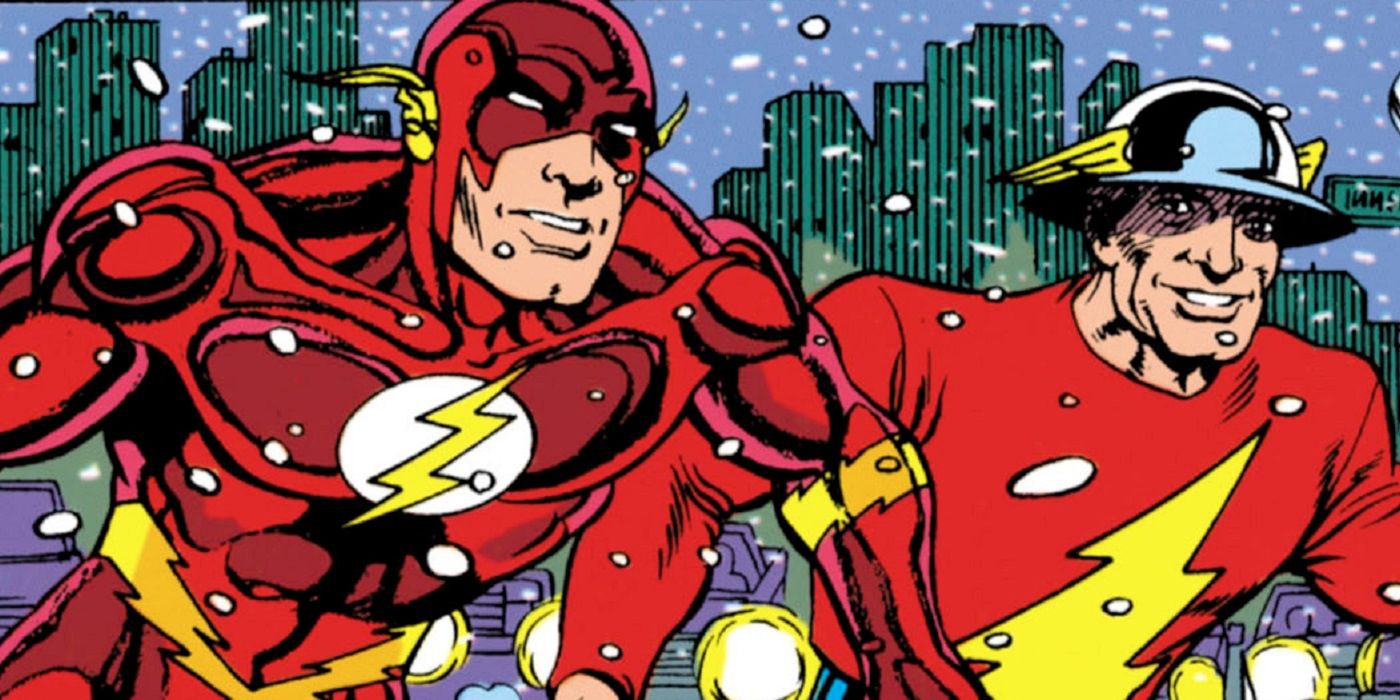
Wally West's Greatest Christmas Present Was...The Flash?!
We continue to count down your picks for the greatest Christmas comic book stories with a classic Flash Christmas tale with a shocking twist endingThe "DC Rebirth" banner saw most of the continuity from before the New 52 restored, namely concerning the Titans. This was mainly done through the character Wally West, who returned from the Speed Force and formed a new take on the Titans alongside the Fab Five and other classic heroes. Meanwhile, a new volume of Teen Titans was formed, led by Damian Wayne, and featured a mix of new and old characters. Eventually, the entirety of the old canon was brought back, including Cyborg's tenure with the New Teen Titans.
The older heroes of the Titans also briefly turned Titans Tower into Titans Academy, training the next generation of young heroes. A new Young Justice book was launched that mostly continued the story of the 1990s book and its heroes. Other titles from around this era include the original graphic novel Teen Titans: Beast Boy Loves Raven, which was set in a separate continuity and reimagined the Titans in a Young Adult romance novel format.

